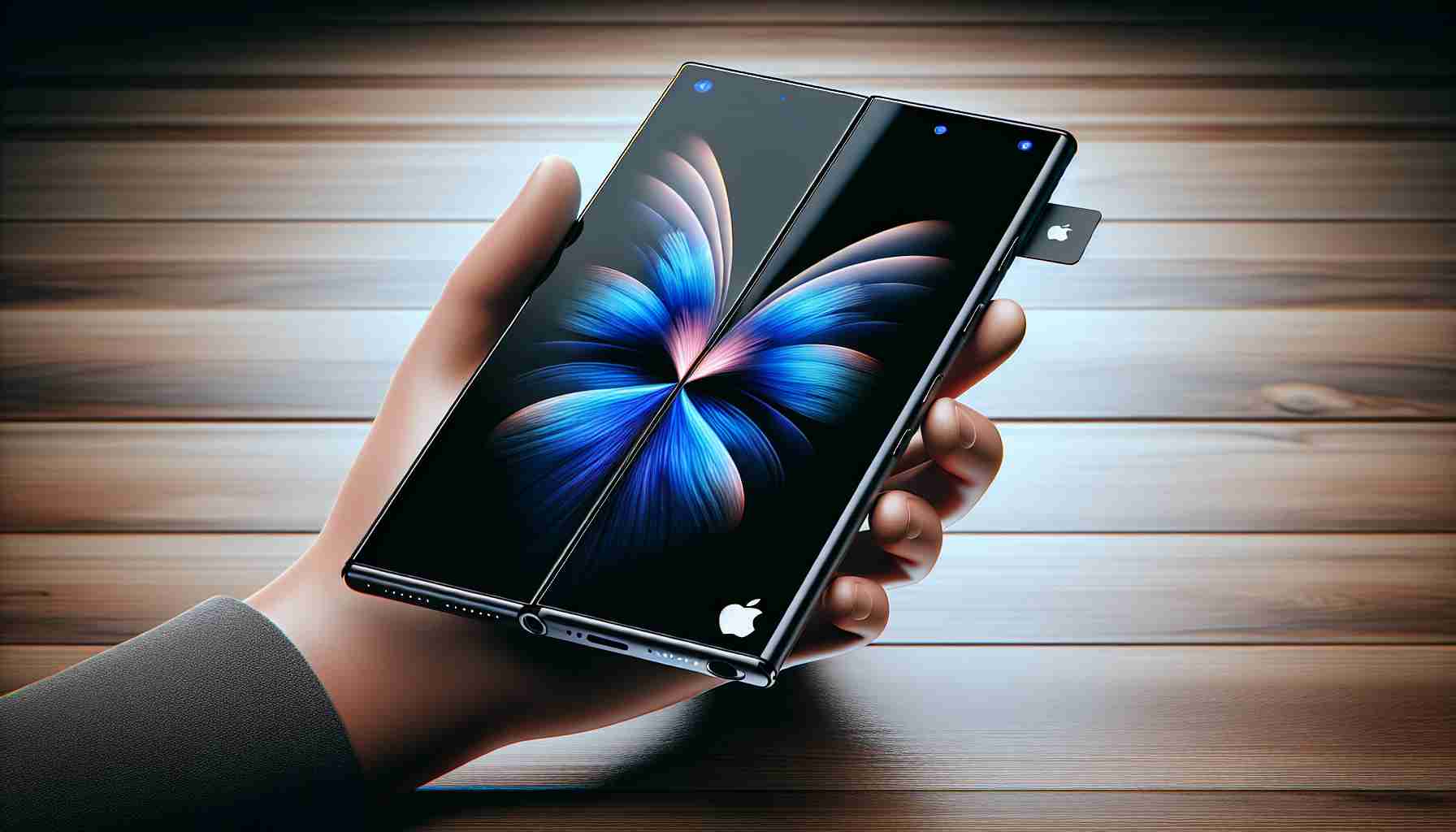Apple Aims for a Standout Foldable Design
While the majority of the foldable smartphones bend inwards similar to the Samsung Galaxy Z Fold 5, Apple is allegedly pursuing a different direction for its foldable iPhone, mirroring the design concept akin to the Huawei Mate Xs.
Large Display and Outer-Folding Screen
The speculated iPhone Fold will feature a large 7.9-inch OLED screen that folds outward. This single-panel design could result in a thinner and lighter device, eliminating the need for a secondary display and simplifying its structure.
Self-Healing Screen Technology
Apple has reportedly patented cutting-edge technology that allows the iPhone’s screen to self-repair after sustaining damage, enhancing durability and potentially reducing the need for screen repairs.
Price and Availability
The cost of the foldable iPhone remains unknown, but it is expected to exceed the price of Apple’s current most expensive smartphone offerings. The anticipated launch could be later in the decade, with no release expected before 2026.
Apple’s First Foldable Device: A New MacBook?
Before the launch of the foldable iPhone, Apple is poised to introduce a different foldable innovation: a 20-inch MacBook that in its folded state functions as a laptop, and when unfolded with the appropriate accessories, transforms into an all-in-one desktop system. This product could pave the way for future Apple foldable devices as early as next year.
Key Considerations in Developing a Foldable iPhone
When it comes to the development of any foldable device, there are hurdles to surmount, especially in terms of design, engineering, and user interface. For Apple, revolutionizing its iconic iPhone into a foldable format entails addressing several key questions:
– How durable will the folding mechanism be? Given that foldable phones will be opened and closed repeatedly, longevity is a prime concern.
– Can Apple ensure a seamless user experience? Transitioning from a standard to a foldable display may affect the user interface and software. Ensuring apps and services work fluidly across different modes is crucial.
– What is the cost-to-benefit ratio for consumers? Since foldable iPhones could carry high price tags, they must offer substantial value to justify the cost.
The Challenges and Controversies
One controversy in the foldable phone market pertains to screen creasing—a visible line that can develop where the screen bends. It might pose a visual and tactile issue that could affect Apple’s reputation for high-quality design. Additionally, competitors like Samsung and Huawei have a head start in this niche, potentially impacting Apple’s ability to innovate and differentiate its offerings.
Advantages and Disadvantages of a Foldable iPhone
Advantages:
– New Form Factor: A foldable design allows for a larger display and potentially new modes of use.
– Portability: Despite the larger-sized screen, the device can still be compact when folded.
– Innovation: Implementing self-healing technology can set new durability standards in the smartphone industry.
Disadvantages:
– Cost: High price could be a significant barrier for the average consumer.
– Durability Concerns: Even with self-healing technology, the foldability may introduce weaknesses.
– Battery Life: Operating a larger screen might require more power, affecting battery performance.
Overall, creating a foldable iPhone represents a significant shift for Apple. It reflects a will to innovate within a market rapidly warming up to the idea of foldable devices. While the concept is intriguing, the execution will be crucial to gain acceptance and maintain the company’s high standards.
For more information about Apple’s ventures and products, you can visit their official website via the following link: Apple Official. Please ensure that the page is legitimate and secure before clicking any links.
The source of the article is from the blog yanoticias.es
